Medieval culture continues to captivate our modern imagination, offering glimpses
into a world vastly different. Across the globe, certain villages have maintained their
medieval character not just in architecture but in daily life and traditions.
These living museums serve as bridges between past and present, allowing visitors
to experience history firsthand rather than merely reading about it.
Rothenburg ob der Tauber, Germany
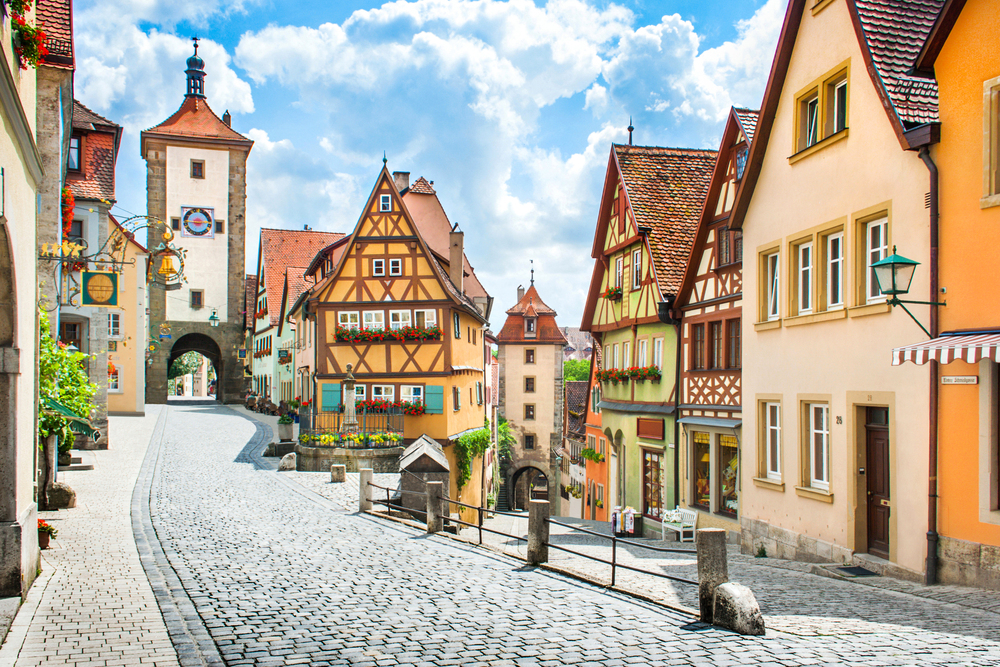
The most well-preserved medieval town in Bavaria stands frozen in the 13th century,
with its intact city walls and watchtowers telling tales of ancient defense strategies.
Local artisans continue to practice traditional trades in workshops that have operated
continuously since medieval times.
The night watchman still rounds through cobblestone streets, carrying his lantern and horn as his predecessors did centuries ago. The town’s Medieval Crime Museum houses original documents and artifacts from the Middle Ages, providing insights into historical judicial systems.
Carcassonne, France
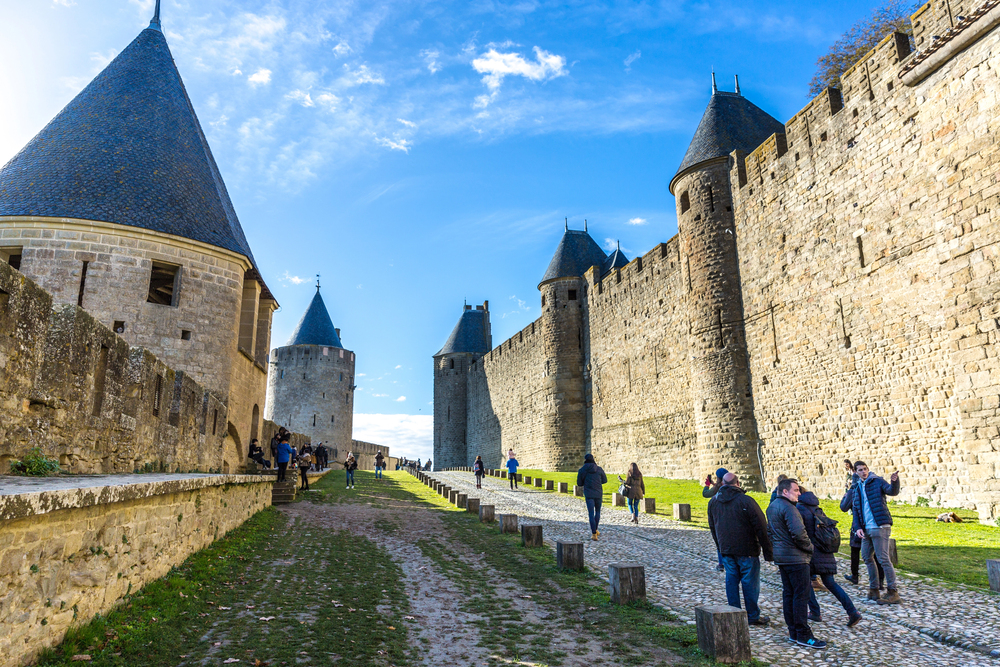
This fortified city in southern France boasts double-walled ramparts and 53 towers
that have protected its inhabitants since Roman times. Modern residents maintain
medieval trades such as leather working and stone masonry, passing these skills
down through generations.
The annual medieval festival transforms the city into a living recreation of its 13th-century heyday, with authentic period costumes and activities. Local families still inhabit homes built during the Crusader era, preserving original architectural features while adapting to modern needs.
Like Travel Pug’s content? Follow us on MSN.
Český Krumlov, Czech Republic
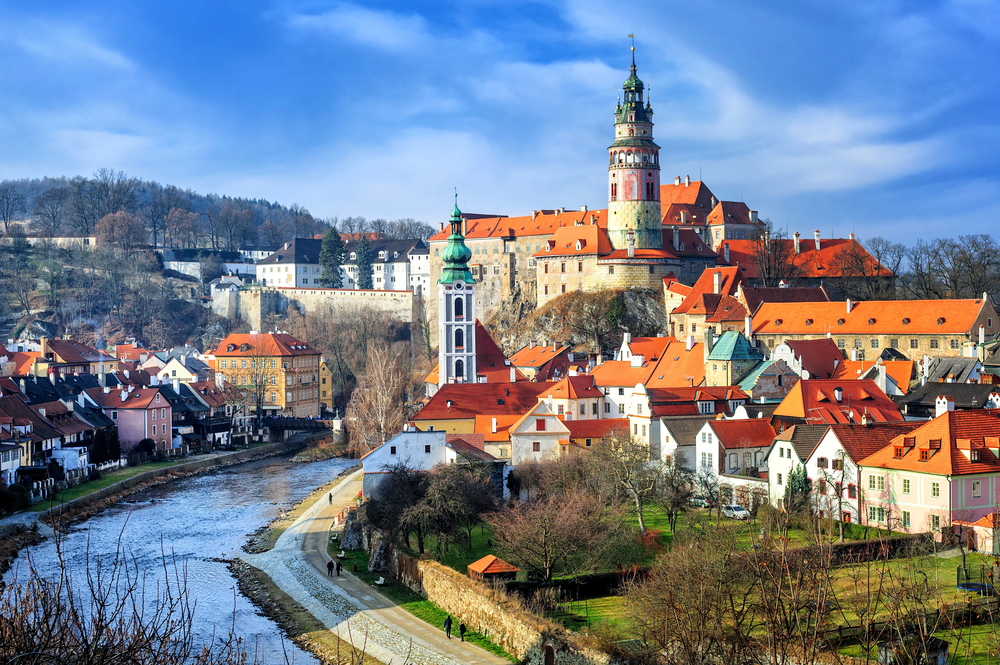
Nestled in a meandering bend of the Vltava River, this UNESCO World Heritage site
preserves its medieval urban planning and architecture in pristine condition. The
town’s traditional puppet-making industry thrives, with workshops producing
marionettes using centuries-old techniques.
Local taverns serve medieval-inspired cuisine using recipes passed down through generations of innkeepers. The castle’s baroque theater still operates with original 17th-century stage machinery and props.
Guimarães, Portugal
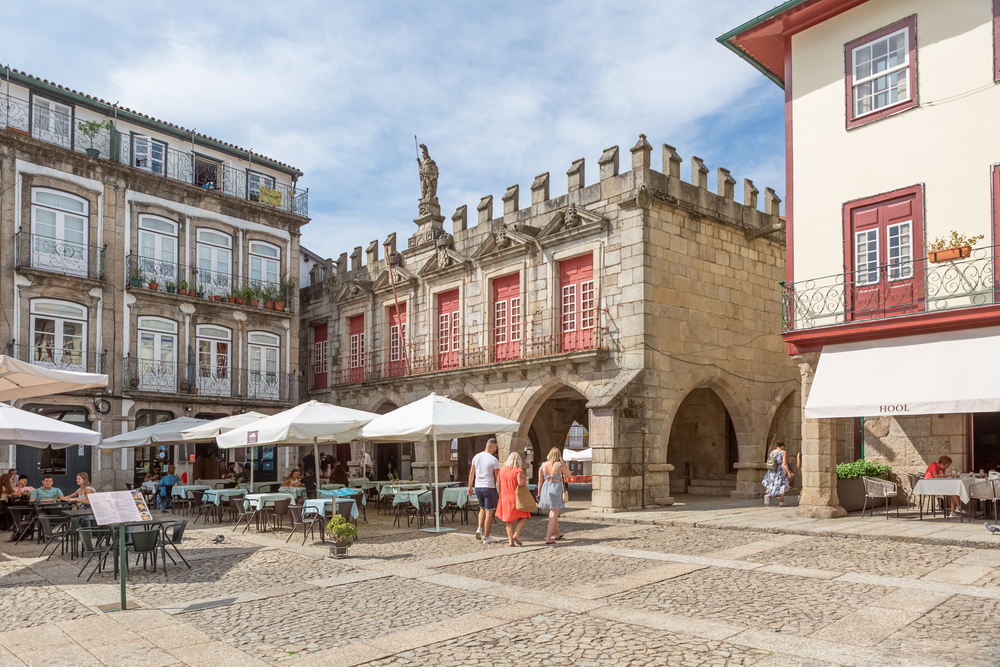
Known as the cradle of Portuguese nationality, this northern city maintains its
medieval street layout and traditional granite architecture intact. Local artisans
continue to produce textiles using traditional looms and techniques dating back to
the Middle Ages.
The city’s historic center hosts regular medieval markets where modern traders follow ancient guild regulations and customs. Residents still practice traditional medicinal herb cultivation in medieval-style gardens within the old city walls.
Visby, Sweden
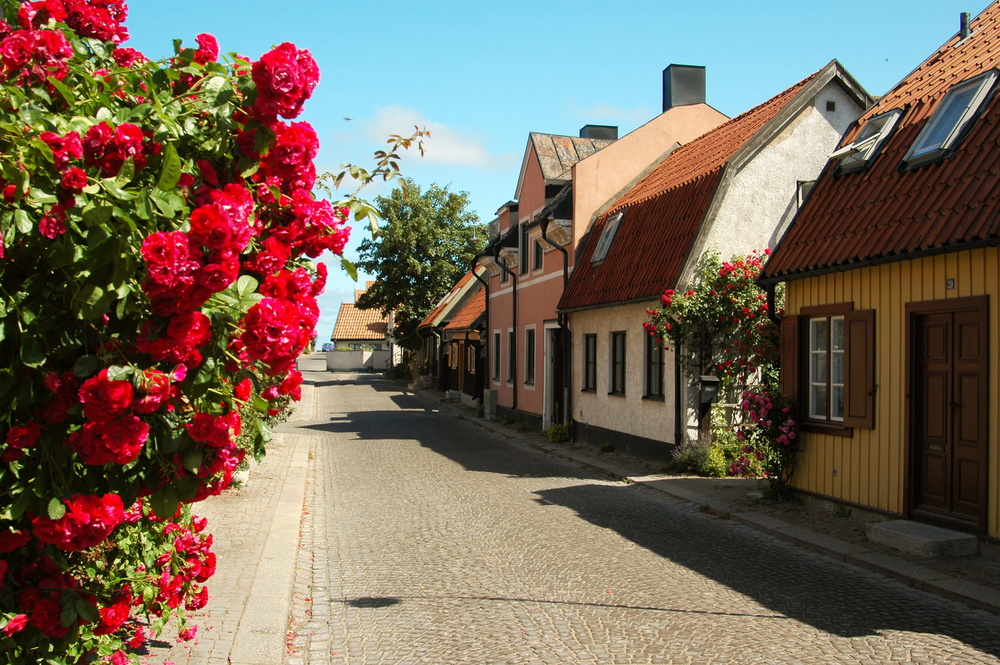
This Hanseatic League town on Gotland Island features Scandinavia’s best-
preserved medieval city wall, complete with 44 defensive towers. Local citizens
maintain medieval agricultural practices in the countryside, growing heritage crop
varieties.
The town’s annual Medieval Week features authentic recreation of daily life, including period-accurate clothing, food, and crafts. Traditional limestone houses from the 12th century continue to serve as primary residences.
Like Travel Pug’s content? Follow us on MSN.
Óbidos, Portugal
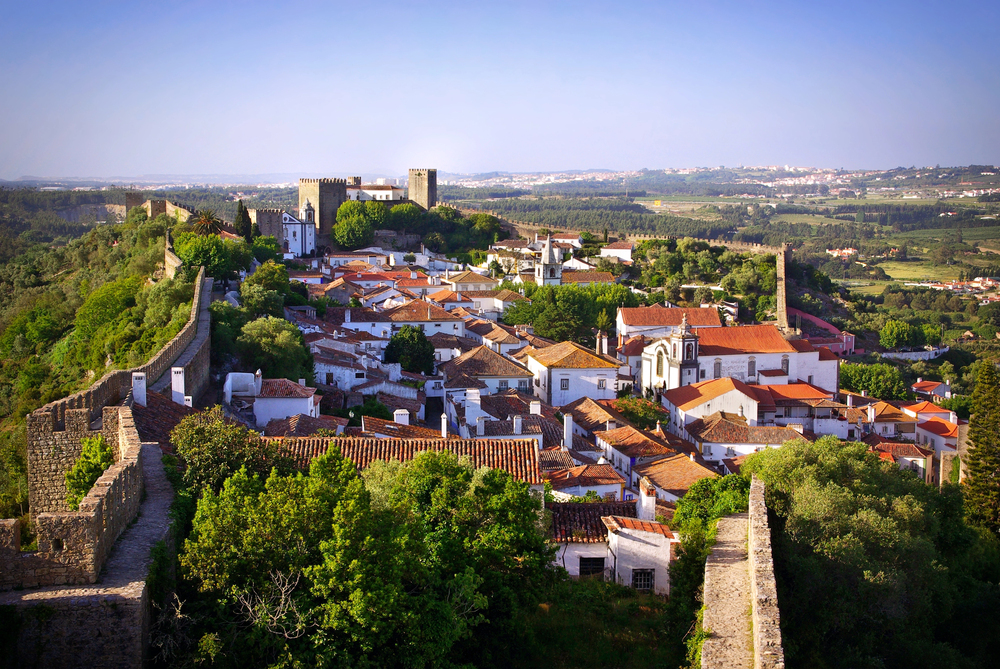
This whitewashed medieval town remains enclosed by its original fortress walls, with
residents maintaining traditional painting techniques and colors. Local chocolatiers
continue medieval confectionery traditions, producing sweets using historical recipes
and methods.
The medieval book market occupies former churches and historic buildings, preserving literary traditions. Traditional medieval herbs and flowers still grow in the castle gardens and are used for decoration and medicine.
Lavenham, England
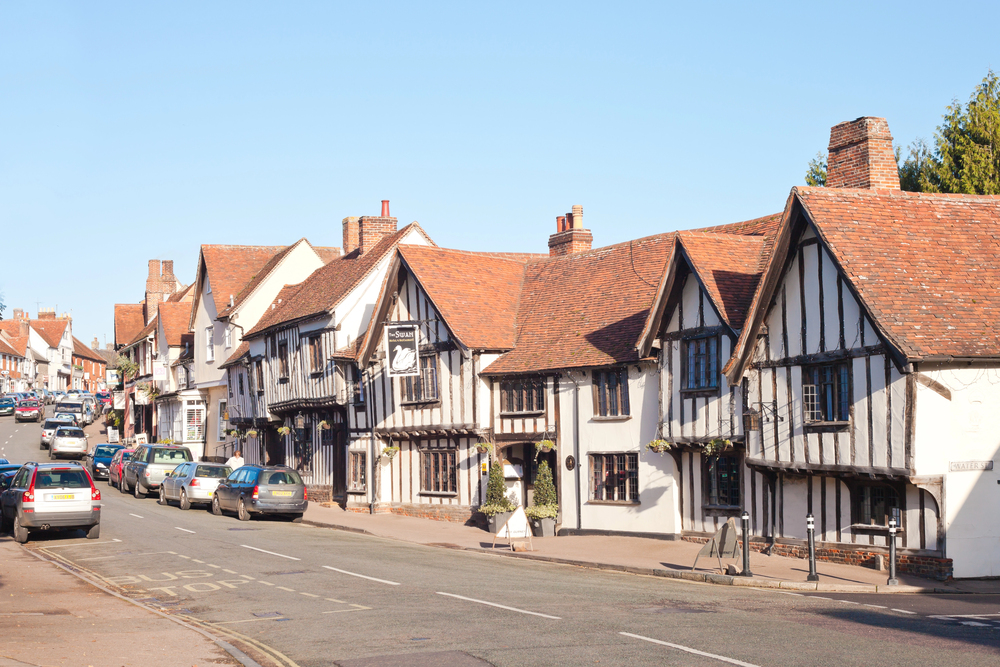
This Suffolk village showcases Britain’s finest collection of medieval timber-framed
buildings, with over 320 protected structures. Local wool merchants continue
traditional trading practices in the historic Guildhall, maintaining centuries-old
business customs.
The village’s traditional craft workshops preserve medieval techniques for working with wood, leather, and textiles. Residents maintain medieval-style gardens featuring historically accurate plants and layout designs.
Provins, France
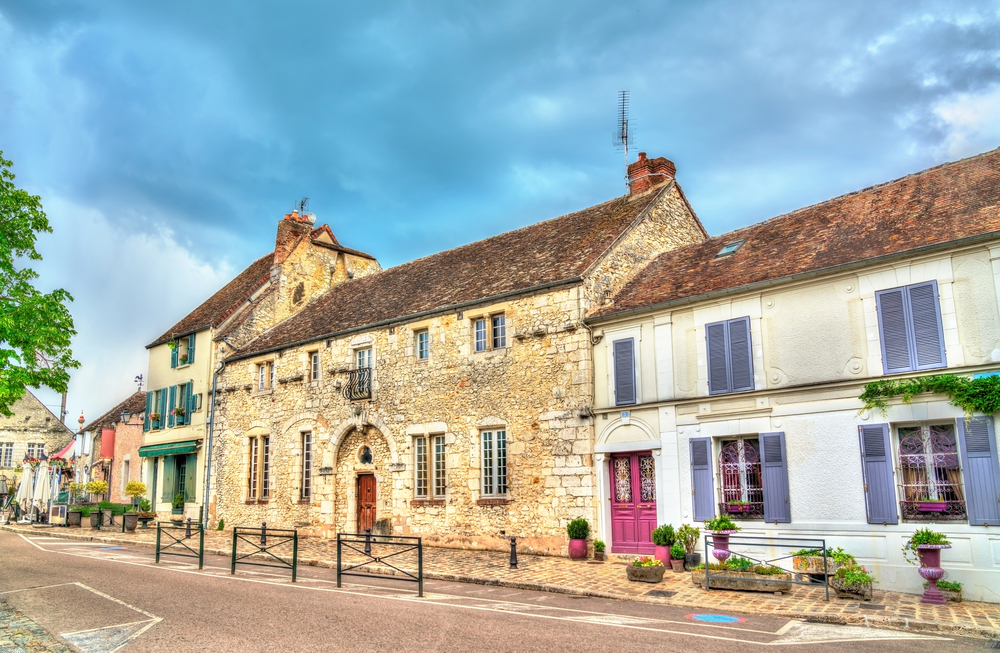
This UNESCO site preserves its medieval fair traditions, once among the most
important trading centers in medieval Europe. Local performers continue to
demonstrate medieval falconry techniques for hunting and entertainment.
The underground passages beneath the town still store goods as they did in medieval
times, maintaining a constant temperature. Traditional rose cultivation continues using medieval varieties and methods, producing everything from perfumes to preserves.
Like Travel Pug’s content? Follow us on MSN.
Siena, Italy
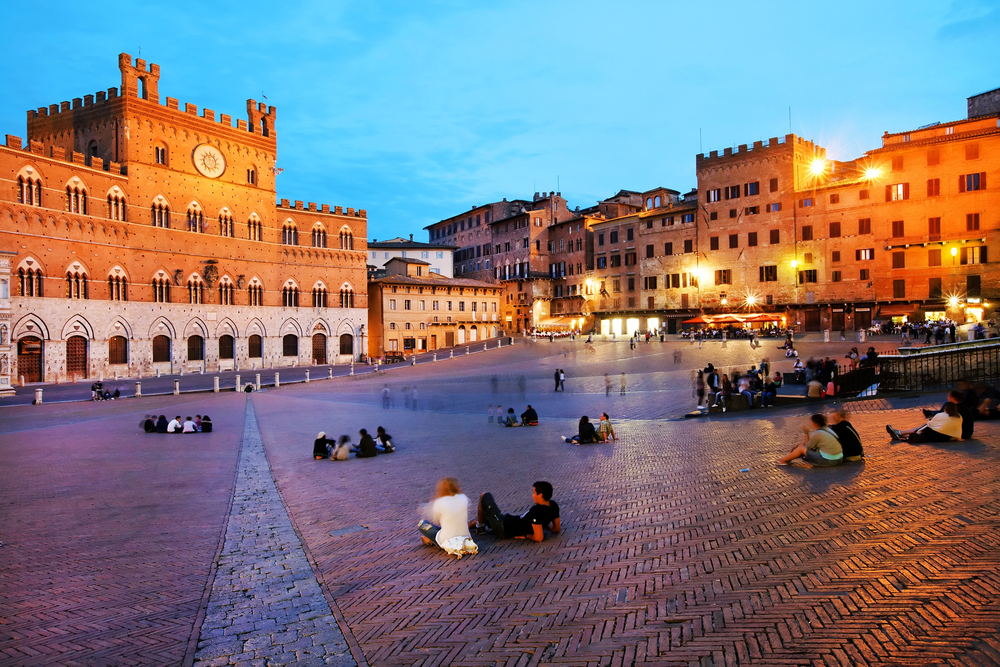
This Tuscan city maintains its medieval contra de (districts) system with traditional
rivalries and celebrations. The twice-yearly Palio horse race continues medieval
traditions of competition between city districts.
Local artisans preserve medieval techniques to create the city’s famous painted ceramics and metalwork. Medieval banking systems and trade practices continue to influence modern local business customs.
Monsanto, Portugal

Built among giant boulders, this ‘most Portuguese village’ preserves medieval
construction techniques incorporating natural rock formations. Residents maintain
traditional pastoral practices dating back to medieval times, including seasonal
livestock movements.
The village’s traditional folk music preserves medieval melodies and instruments passed down through generations. Ancient defensive techniques influence modern construction and renovation projects within the village.
Dinkelsbühl, Germany
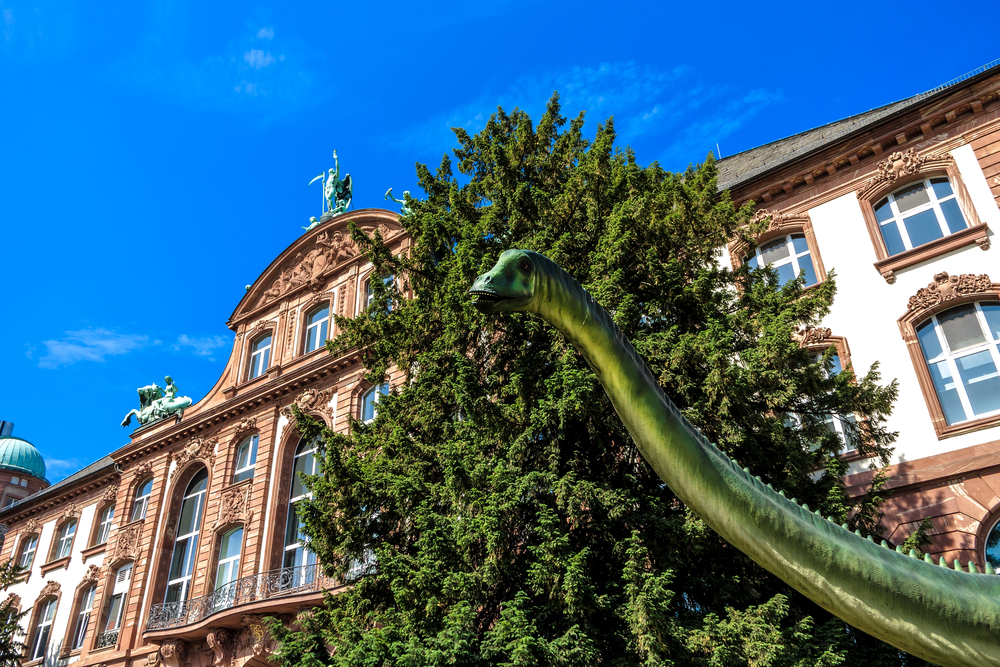
This Bavarian town maintains its medieval fortifications in working order, with regular
maintenance using historical techniques. Local brewers continue to produce beer
following medieval recipes and brewing methods passed down through generations.
Traditional craft guilds still regulate apprenticeships and training in historical trades
and skills. The town’s night watchman tradition has continued unbroken since
medieval times, maintaining historical routes and calls.
Like Travel Pug’s content? Follow us on MSN.
Bruges, Belgium
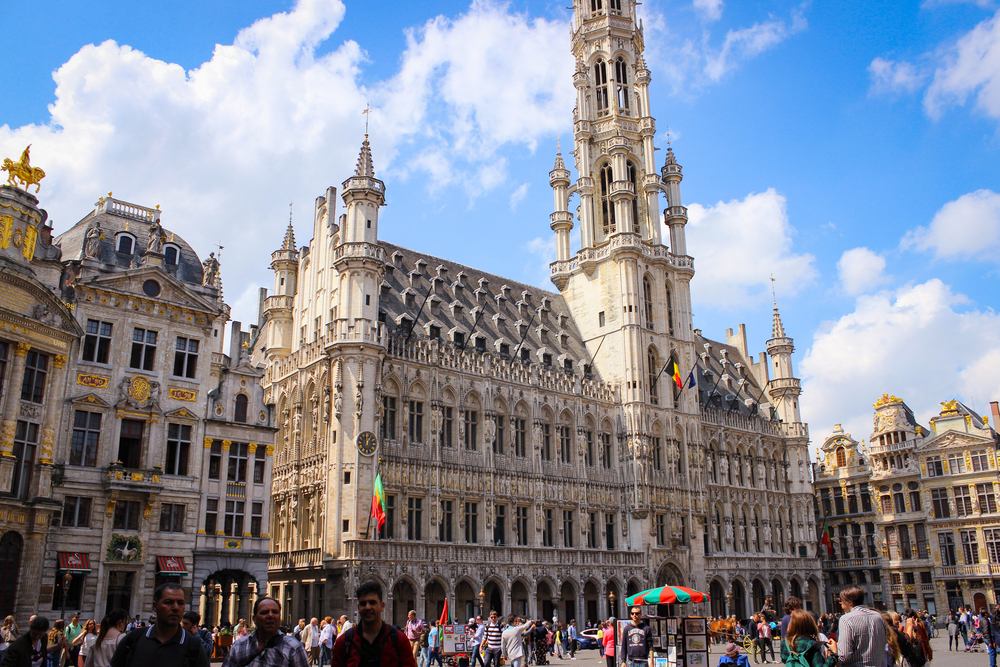
The medieval center of this Flemish city preserves its original street pattern and
canal system, which are in active use. Traditional lace-making workshops continue
medieval patterns and techniques, training new generations of artisans.
Local chocolate makers maintain medieval confectionery traditions, using historical recipes and methods. The city’s bell tower still employs a carillonneur who plays medieval tunes on original bells.
San Gimignano, Italy
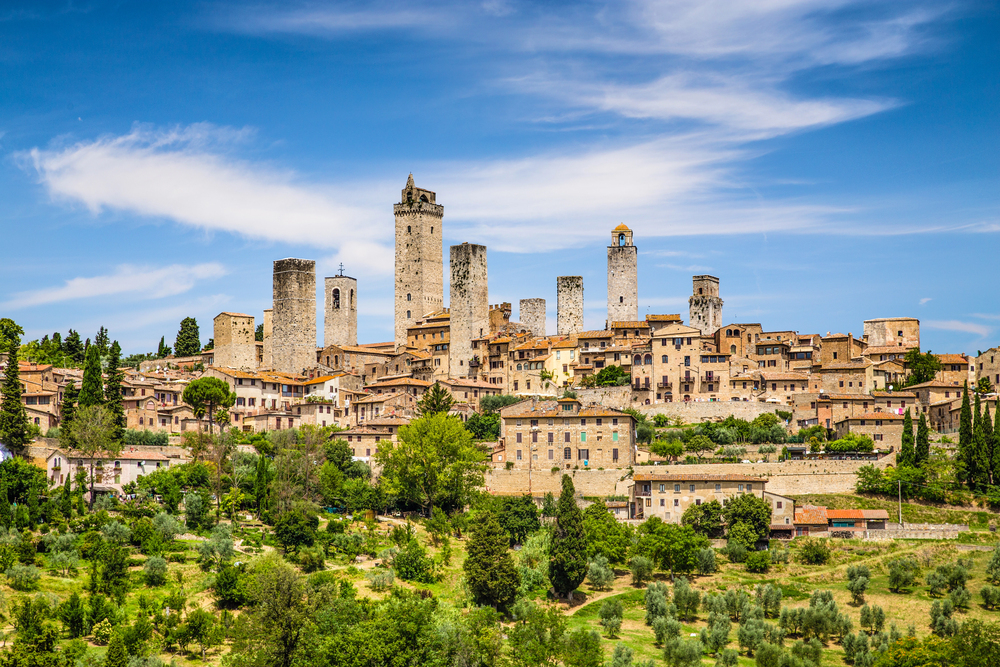
This Tuscan town is famous for its medieval towers and maintains centuries-old
traditional saffron cultivation methods. Local wineries continue medieval viticulture practices, producing Vernaccia wine as they have since the 1200s.
Traditional alabaster workshops preserve medieval techniques for crafting this delicate stone. The town’s medieval water collection and storage system remains partially in use
today.
Conwy, Wales
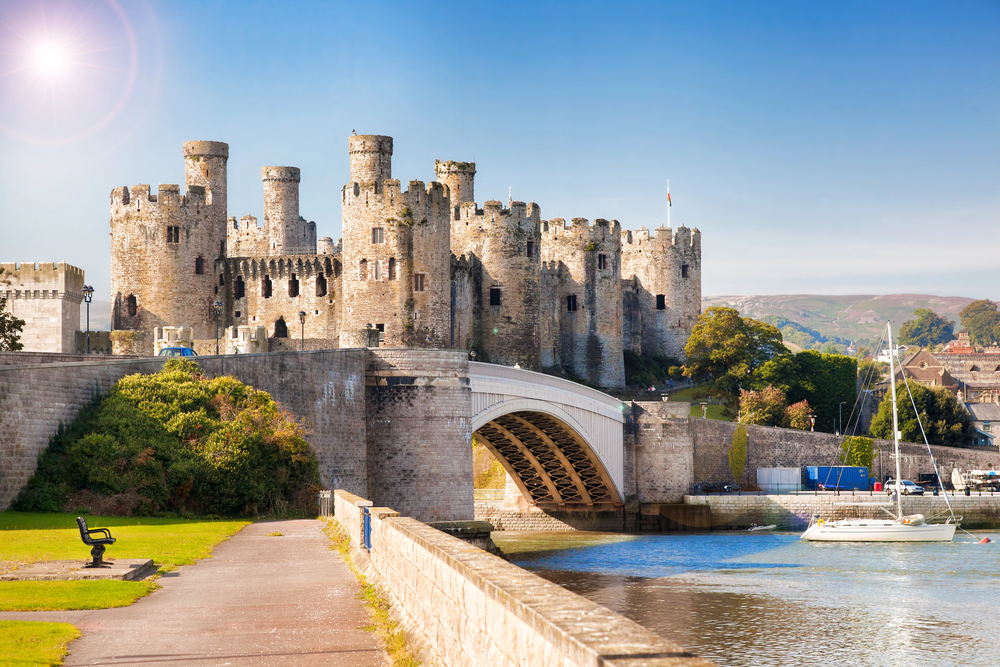
This walled town preserves its medieval defensive system, including archer’s loops
and murder holes, in working conditions. Local fishermen use traditional methods
and boats to maintain medieval fishing practices in the estuary.
The town’s medieval buildings, from merchants’ houses to guild halls, continue to serve their original purposes. Traditional slate mining techniques influence modern construction practices in the region.
Like Travel Pug’s content? Follow us on MSN.
Ávila, Spain
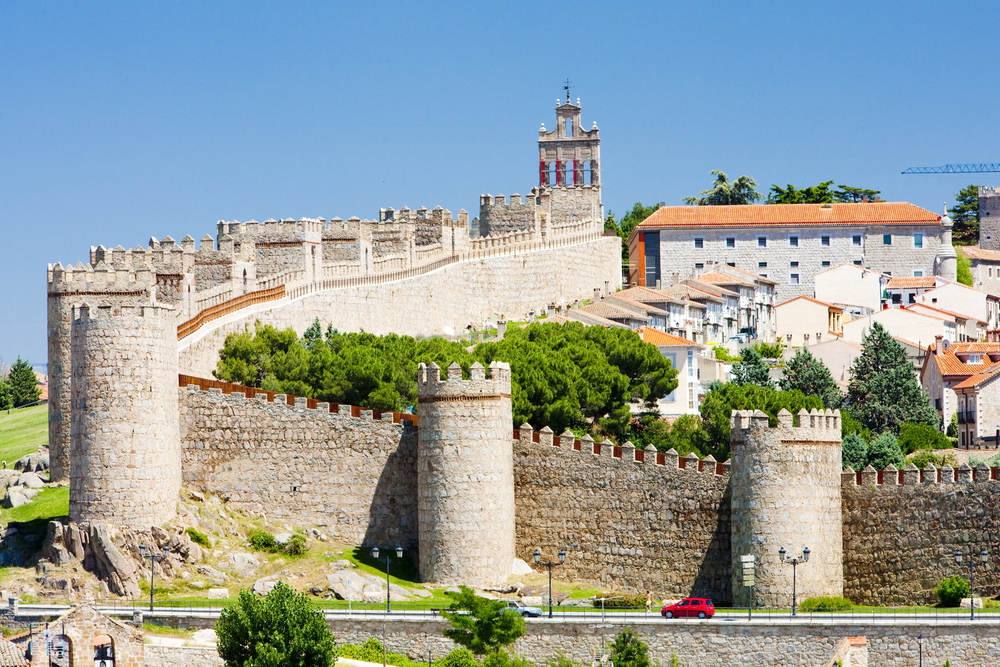
Protected by Spain’s most complete medieval walls, this city maintains its historical
character through strict preservation guidelines. Local monasteries continue
medieval traditions of illuminated manuscript production and restoration.
Traditional textile workshops preserve medieval weaving techniques and patterns unique to the region. The city’s medieval water distribution system partially functions alongside
modern infrastructure.
York, England
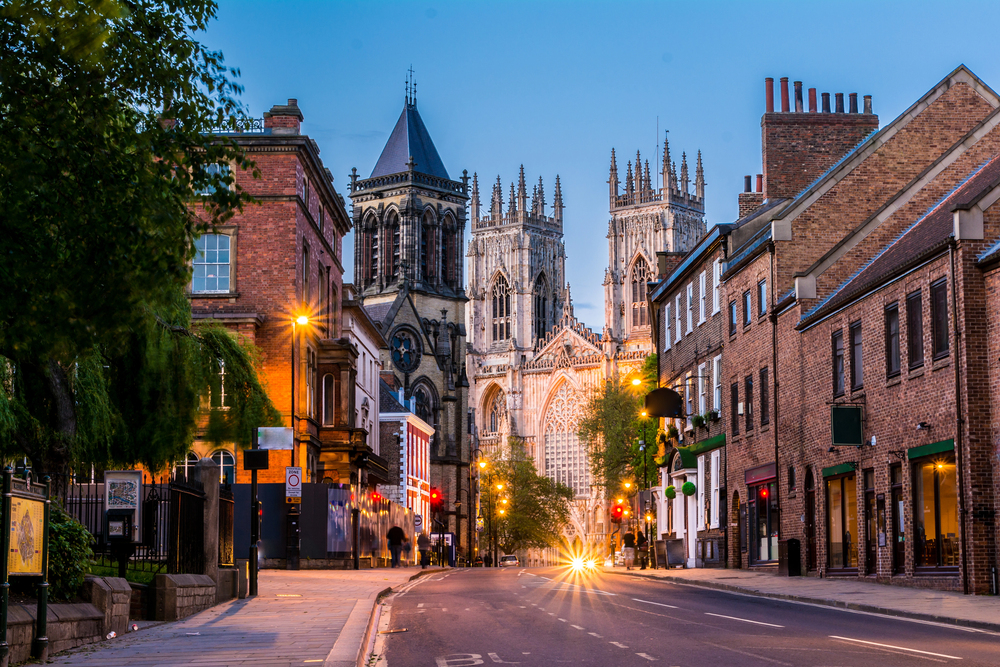
This ancient city preserves its medieval street pattern known as ‘The Shambles,’ with
overhanging timber-framed buildings still in use. Local guilds continue to regulate
traditional crafts and trades according to medieval customs and standards.
The city’s traditional mystery plays continue using medieval staging techniques and scripts. Ancient defensive walls serve as public walkways while maintaining their historical character.
Medieval Legacy Lives On Today
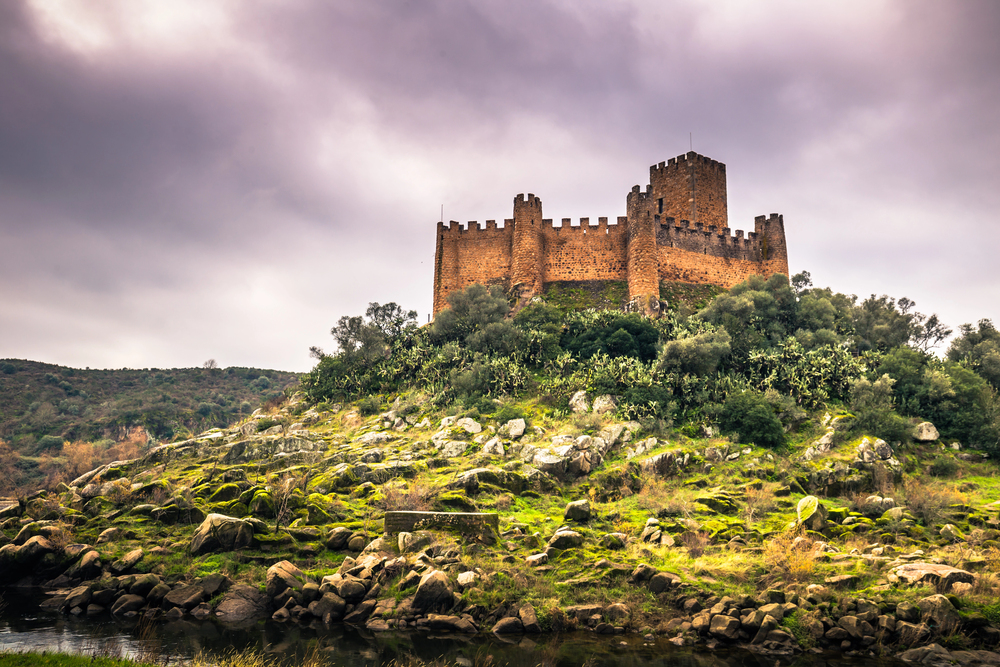
These remarkable villages demonstrate how medieval traditions can meaningfully
coexist with modern life, enriching our understanding of history through living
preservation. Their continued dedication to historical authenticity helps maintain
crucial links to our shared past while providing invaluable insights into medieval life
and culture.
By experiencing these preserved communities firsthand, we gain a deeper
appreciation for the ingenuity, craftsmanship, and social structures that shaped
medieval society.
Like Travel Pug’s content? Follow us on MSN.
More from Travel Pug

- 15 Dangerous European Cities to Avoid
- 15 Caribbean Islands Where Tourists Keep Getting Scammed
- The 20 Most Fascinating Abandoned Places: A Journey Through Time and Forgotten Spaces
- 15 Hidden Places in the Smithsonian Museums Locals Love: A Guide to Lesser-Known Treasures
- 16 Hidden Florida Beach Towns That Aren’t Overrun with Tourists
Like Travel Pug’s content? Follow us on MSN.
